Quietly, without notice, under the radar, a new cinematography methodology is being emerged. Broadcasting sports events with large sensor cameras is not new, however, due to COVID, it’s being extensively utilized.
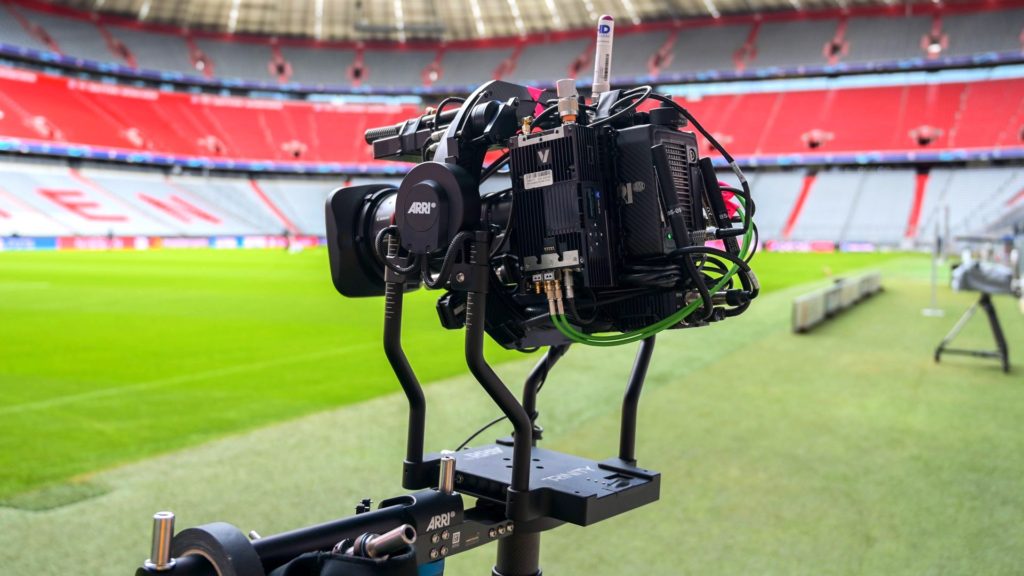
Large sensors make real-life look like a video game
I admit that the inspiration for this article came out due to a very educational piece published on the NewsShooter, titled: “Is there a place for shallow depth of field in live sports?”. In that article, Matthew Allard ACS discusses the usage of cinema camera in live-sports production, that leads to an extremely shallow depth of field, which can harm/distract the overall experience that we all got used to. And then I stumbled upon some “cinematic” MMA fights…
I’m loving this 8K camera that’s going on. Next level. @ufc #UFC258 pic.twitter.com/Y4R3c8uIs9
— Ross Edmonds (@RosssEdmonds) February 14, 2021
“The ‘8K’ experience was the best part of UFC 258”
There’s a new trend emerging, and it may be defined as “Cinematic Broadcasting”. That means, capturing a live sports event with cinema equipment. For instance, take a look at those UFC fights which caused some audience satisfaction from the new “video game look”. The audiences were so excited about that new look (“The ‘8K’ experience was the best part of UFC 258”), that they thought it has been captured with the most sophisticated 8K cameras. Even the UFC on BT Sport stated: “Oh yes, we have 8K cameras in the UFC!”.
Oh yes, we have 8K cameras in the UFC! ?#UFC258 pic.twitter.com/fGGFDffEpq
— UFC on BT Sport (@btsportufc) February 14, 2021
However, the cameras used were much cheaper than the traditional broadcast cameras. Quick research revealed that those fights were captured with the Sony a7R IV. There’s nothing to do with 8K. It’s just the large sensor and proximity to the filmed fighters that creates this extra shallow depth of field. For instance, take a look at the equipment used to shoot NFL. Again we explore the Sony a7R IV and the Ronin-S, while focusing was pulled automatically.
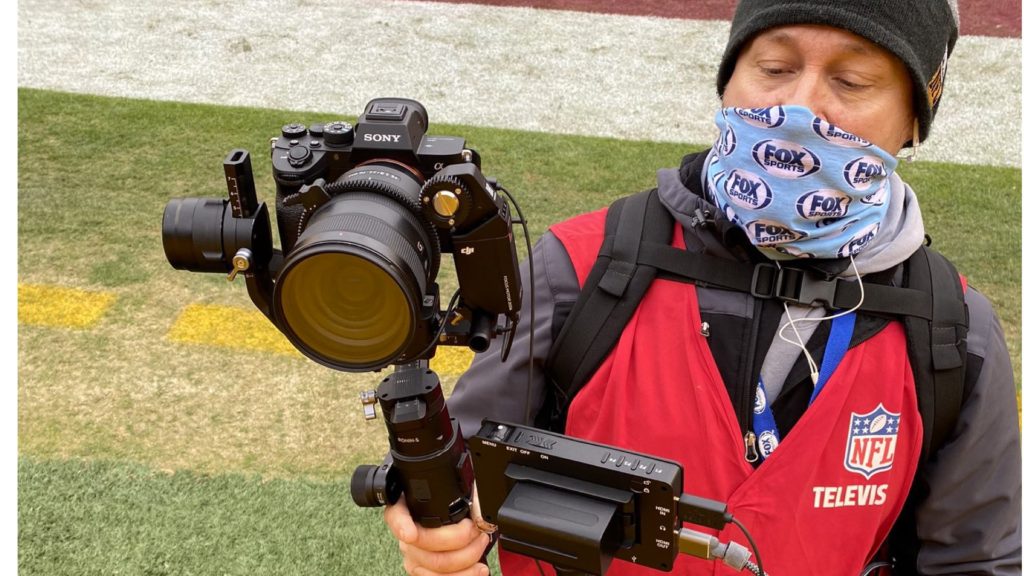
It’s all because of COVID (?)
In another video, a very simple and smart analysis is performed by Lewis Hilsenteger, taking about this bizarre and unconventional sports broadcasting. Think about that. There’s no fan in the crowd due to COVID. Thus, one of the motivations to come with a more shallow depth of field may have been to diminish the impact of an empty audience. You focus right in on the main person but then the all background is blurred. So you just don’t even pay attention to the fact that there there’s no fan there. Lewis claims (logically) that the major advantage of broadcasting sports by using large sensors cameras is to make the crowd blurred (because there’s no crowd), and to focus on the athletes. Well, that definitely works – in the COVID age. Furthermore, Lewis adds that the other reason is cost. Because everybody’s trying t cut costs right now and this is a way cheaper and smaller setup than a traditional TV type of setup. However, this reason is not valid when compared to the ALEXA Mini + Trinity setup, or the VENICE setup that was implemented on other sports events.
One of the motivations to come with a more shallow depth of field may have been to diminish the impact of an empty audience. You focus right in on the main person but then the all background is blurred. So you just don’t even pay attention to the fact that there there’s no fan there.
Lewis Hilsenteger
Cinematic Broadcasting with an ARRI Mini + Trinity
There’s an example below, of Trinity operator Leon Moralić. that captured a football game with the ARRI Mini on the Trinity. That setup is completely another animal when comparing to the previous Sony a7R IV setup, in regard to costs and complexity of the operation. In that case, the lack of crowd has led to the elevation of investment in state-of-the-art cinema equipment. If we have no crowd, let’s make the imagery as beautiful as possible to satisfy our audience.
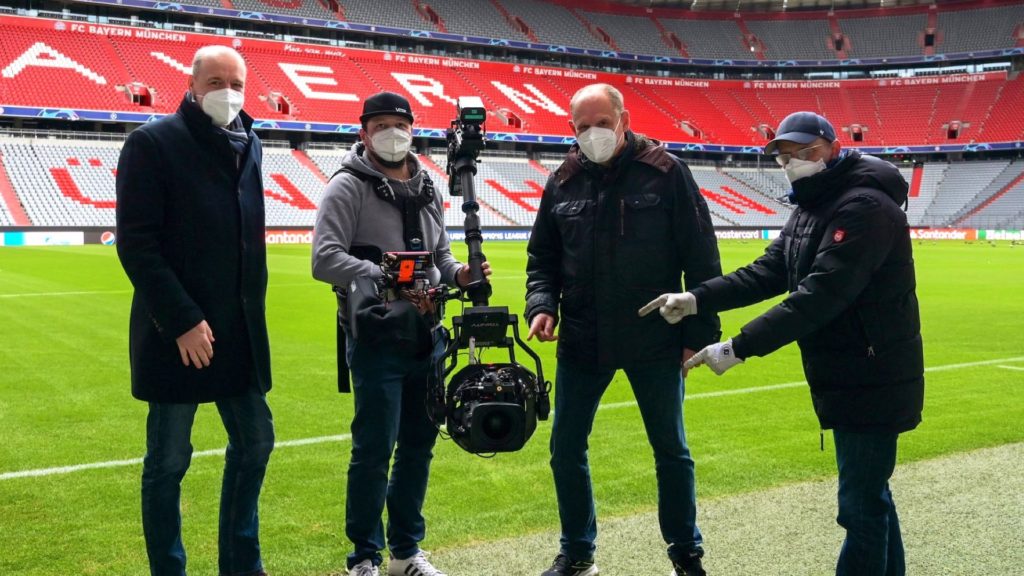
If we have no crowd, let’s make the imagery as beautiful as possible to satisfy our audience.
Explore the final results below (experience it on a full-screen mode):
Final insights
In my opinion, when the crowd is coming back to the stadiums in a post-COVD world, the usage of cinema cameras in live sports will be reduced. The crowd is an integral part of the show, and there’s no logic to blur it. We want to see the crowd. And for that reason, traditional broadcasting wins.
Do you agree with this thesis? Comment below.
Products List
- Cameras: Sony a7R IV. Price: $2,998 [maxbutton id=”1″ url=”https://adorama.rfvk.net/zaNY90″ ]
- Gimbal: Ronin-S. Price: $348 [maxbutton id=”1″ url=”https://adorama.rfvk.net/ZdQ73K” ]
- Lens: Canon Cine-Servo 17-120mm. Price: $23,850 [maxbutton id=”1″ url=”https://adorama.rfvk.net/6bem5Q” ]

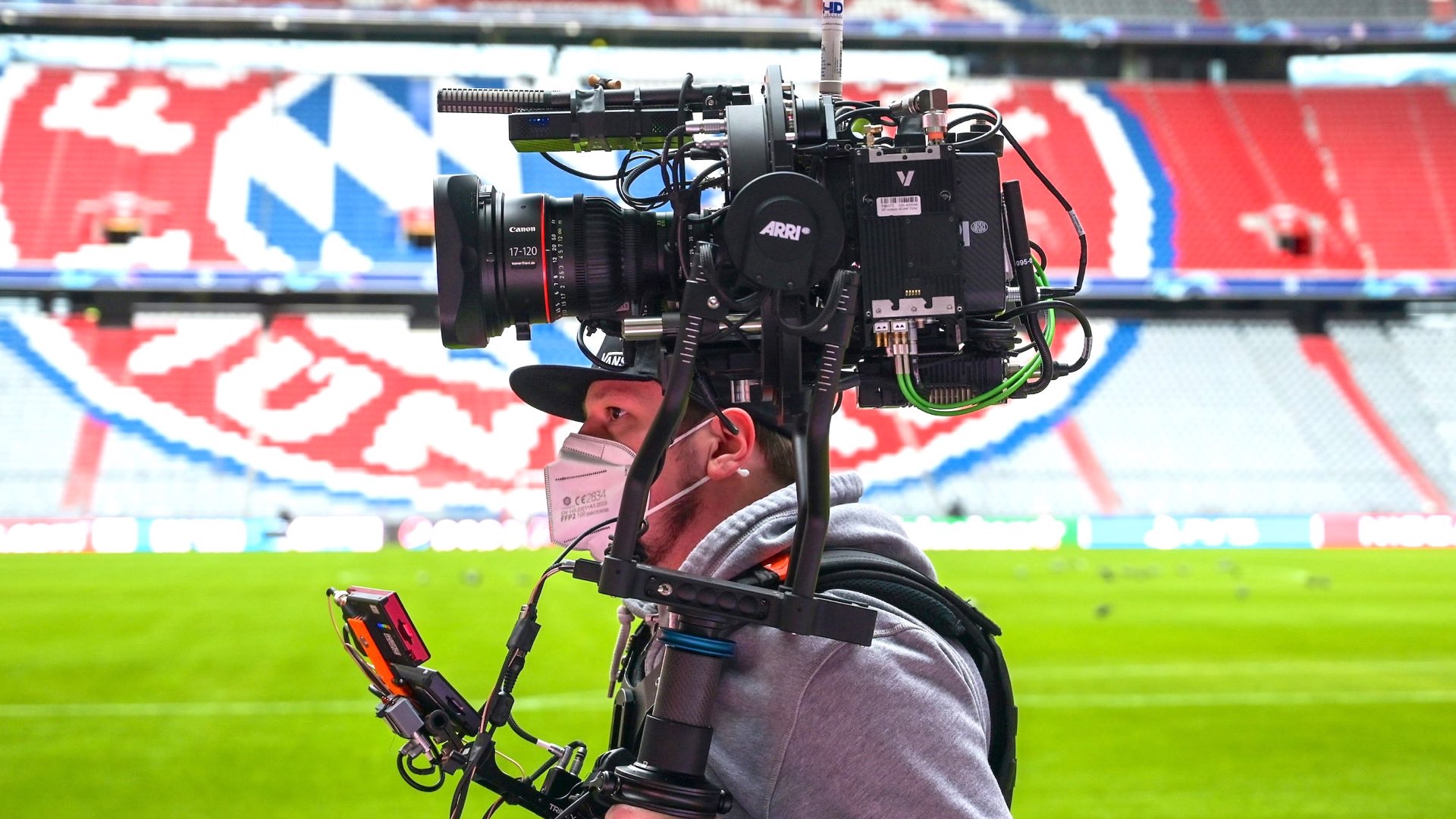
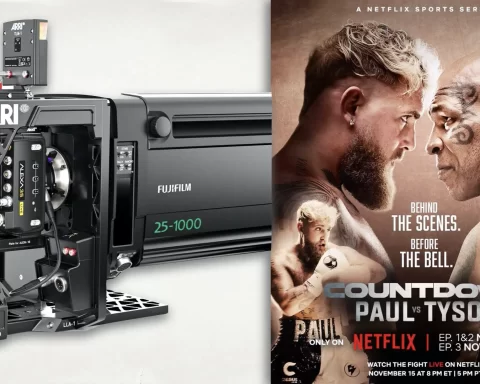
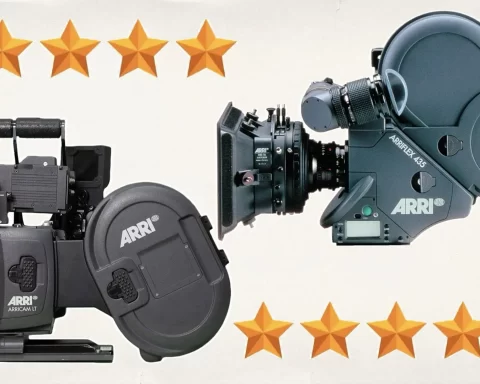
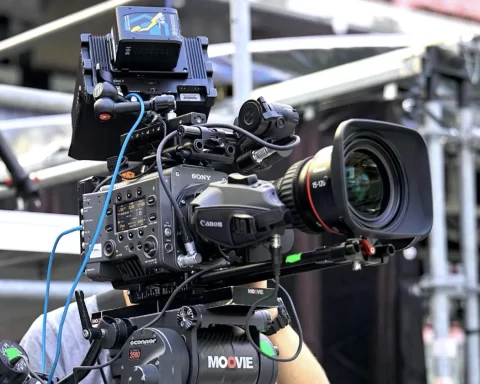
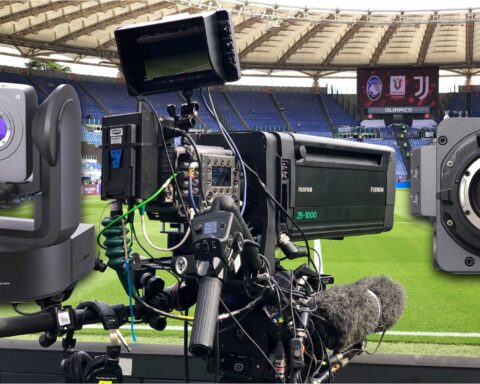
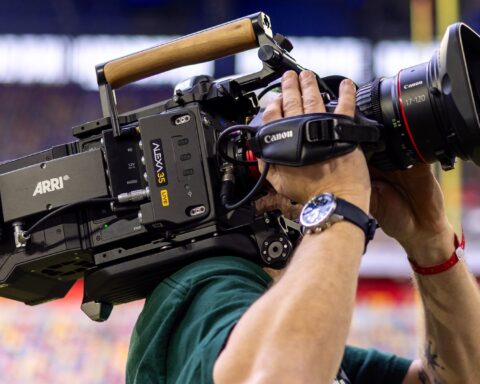
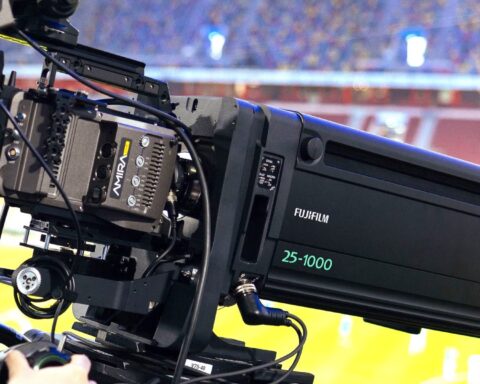

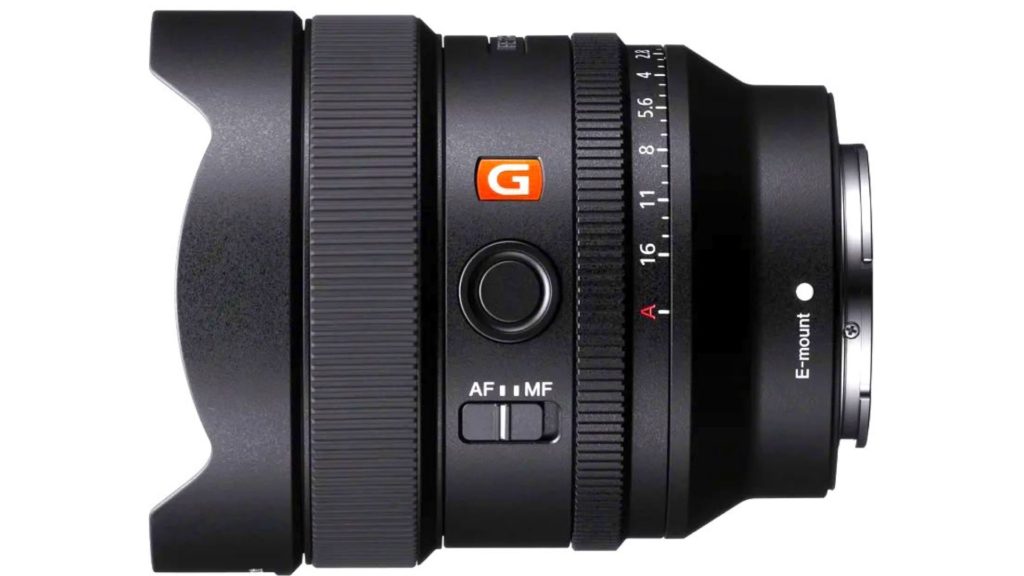
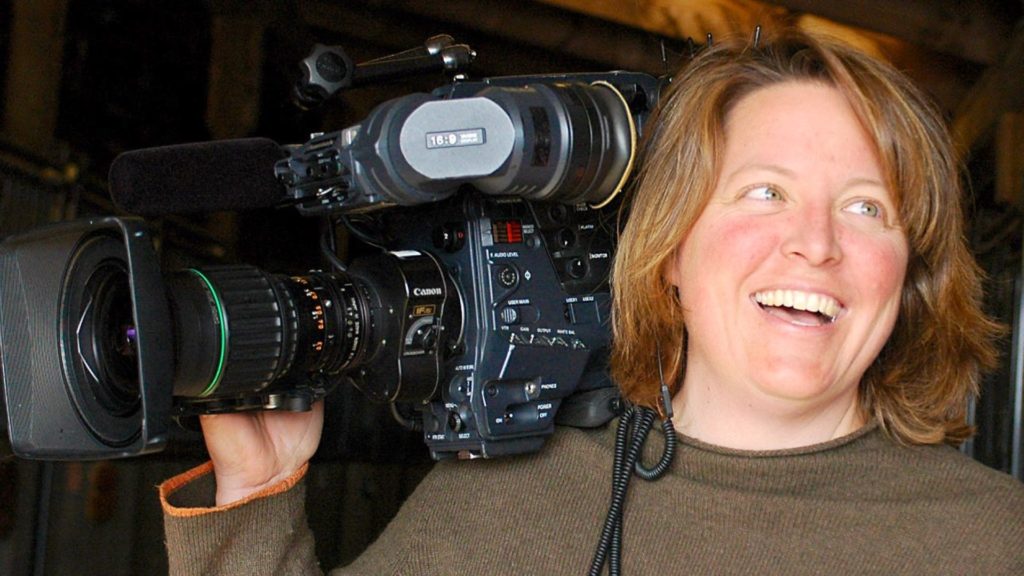
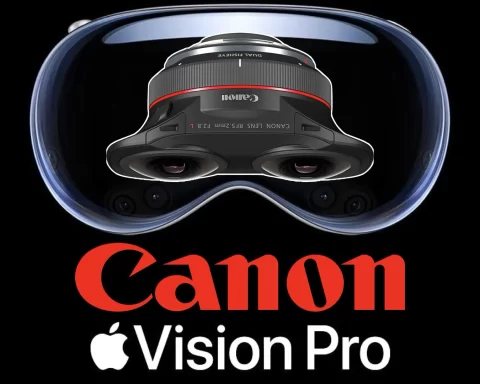
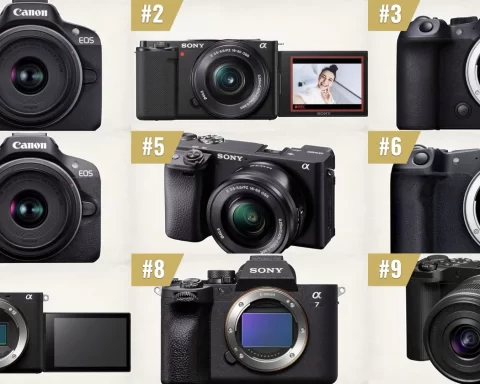




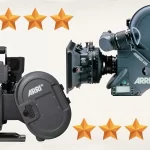
Noticed the footage in UFC when watching events live, but it looks horrible and cheap imho. I was amazed that they aired this footage, because of the low quality.
Hi Ronald.
Appreciate your opinion. It does look strange. However, it will be stopped when the crowd returns.
Noticed also during the MASTERS TOURNAMENT golf in Augusta(Georgia USA) this year. Usually 40 000 – 50 000 fans are attended, on April 2021 it was 12 000 due to COVID restrictions. New trend or COVID compensation to the lack of public? Difficult to say.. wait and see..
Hello, I read your article and found it to be really informative. Finding proper information was made much easier for me because of the way you handled the list of broadcasts. I’d like to share another website with you that broadcasts all sports. Named: Top TV Korea